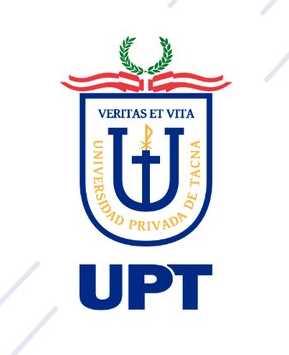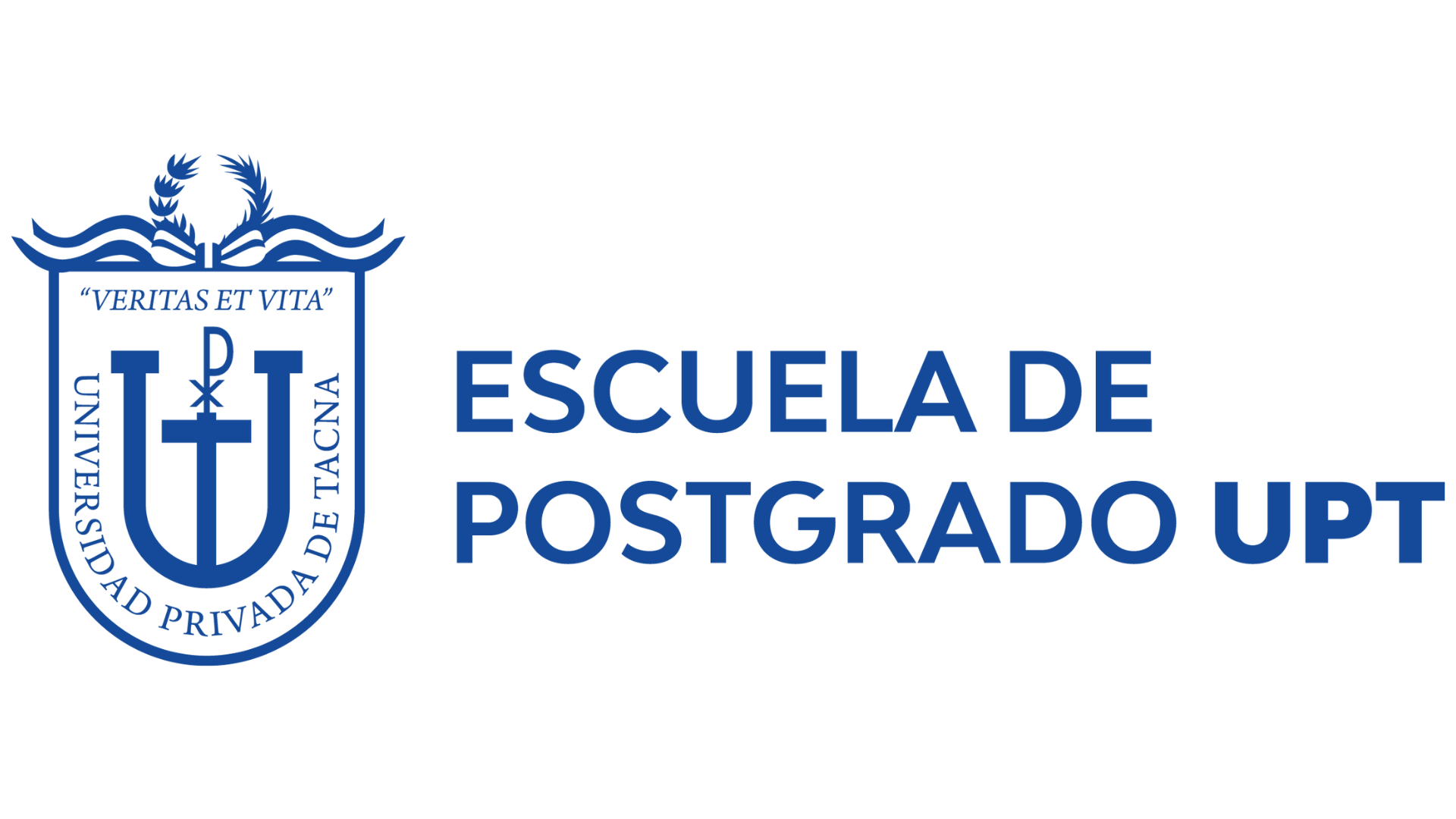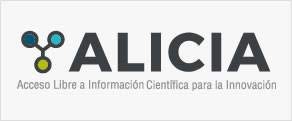Teaching practices and pass rate in the subject of Numerical Methods of engineering common plan of the Metropolitan Technological University, year 2017
DOI:
https://doi.org/10.47796/ves.v11i1.597Keywords:
Teaching practice, approval rate, final grade, methodologyAbstract
The objective of this research was to determine the relationship between teaching practices and the passing rate in the subject Numerical Methods of the Common Engineering Plan of the Metropolitan Technological University, year 2017. The scope included the common plan of Engineering of the Faculty of Engineering, Macul headquarters, located at José Pedro Alessandri 1242, Macul. At the methodological level, it was a basic type research, descriptive level, non-experimental, correlational-causal transectional design, quantitative approach. The variables were broken down into dimensions, in the case of the teaching practice variable these were: methodology, evaluation and use of new technologies; for the approval rate variable, the dimension was performance. We worked with a sample of 119 students, the instruments were the survey, which made it possible to identify the existing teaching practices, and the report cards that made it possible to calculate the approval rate. Regarding the results, it was found that 47,06% believed that they received an acceptable teaching practice and 52,94% an excellent teaching practice, on the approval rate it could be established that it was 70.59%. Finally, it was concluded that teaching practice has a high positive relationship with the approval rate (Sig = 0.000; rs = 0.699). Regarding the relationship between the dimensions of teaching practice and the approval rate, a moderate positive relationship was concluded with methodology (Sig = 0.000; rs = 0.604) and evaluation (Sig = 0.000; rs = 0.509), a high positive relationship with the use of new technologies (Sig = 0.000; rs = 0.717).
Downloads
References
Bunge, M. (1984). Ciencia básica, ciencia aplicada, técnica y producción: diferencia y relaciones. Ciencia Y Sociedad, IX, págs. 167-181. Santo Domingo.
Castillo, M. (2015). El rol de las buenas prácticas educativas en los centros docentes: organización, funcionamiento y docencia. (Tesis doctoral). Universidad Pablo de Olavide, Sevilla.
Faúndez, C., Bravo, A., Ramírez, G., & Astudillo, H. (2017). Tecnologías de la Información y la Comunicación (TIC) en el Proceso de Enseñanza-Aprendizaje de Conceptos de Termodinámica como Herramienta para Futuros Docentes. Formación Universitaria, 10(4), 43-54.
García, B., Loredo, J., & Carranza, G. (Enero de 2008). Análisis de la práctica educativa de los docentes: pensamiento, interacción y reflexión. Scielo, 10, 1-15. Obtenido de http://www.scielo.org.mx/scielo.php?script=sci_arttext&pid=S1607-40412008000300006.
Hernández, R., Fernández, C., & Baptista, P. (2014). Metodología De La Investigación. México: McGrawHill.
Lara, A., Aguiar, M., Cerpa, G., & Núñez, H. (2009). Relaciones Docentes-Alumno y Rendimiento Académico. Un caso del centro Universitario de Ciencias Exactas e Ingeniería de la Universidad de Guadalajara. Scielo, 5.
López, V. (2018). Inferencia causal en educación con bases de datos internacionales: aplicaciones sobre el efecto de las estrategias docentes. (Tesis Doctoral). Universidad de Extremadura.
Mallqui, J. (2015). Prácticas Pedagógicas de los docentes con el uso curricular de las TIC y el rendimiento académico en resolución de problemas y comprensión lectora de los alumnos de primero a cuarto medio en dos colegios uno en Chile y otro en Perú-2014. (Tesis de Magister en Educación). Universidad de Chile, Santiago.
Méndez, B. (2012). Análisis de Datos. Caracas: Romer.
Ministerio de Educación. (20 de Febrero de 2018). Biblioteca del Congreso Nacional de Chile /BCN Ley chile. Obtenido de https://www.bcn.cl/leychile/navegar?idNorma=1127255&idParte=.
Palella, S., & Martins, F. (2012). Metodología de la Investigación Cuantitativa (Tercera ed.). Caracas: Fedupel.
Plataforma de Gestión Académica Integrada. (2020). Academia.UTEM. Obtenido de https://academia.utem.cl/.
Rizo, J. (2015). Repositorio Institucional UNAN-Managua. Obtenido de https://repositorio.unan.edu.ni/12168/1/100795.pdf.
Rojas, I. (2011). Elementos para el diseño de técnicas de investigación: una propuesta de definiciones y procedimientos en la investigación científica. Tiempo de Educar, 227-297.
Universidad Tecnológica Metropolitana. (Mayo de 2011). UTEM. Obtenido de https://www.utem.cl/universidad/calidad/modelo-educativo-utem/.
Universidad Tecnológica Metropolitana. (2013). https://vrac.utem.cl/. Obtenido de https://vrac.utem.cl/.
Universidad Tecnológica Metropolitana. (2020). Programa de la asignatura de Métodos Numéricos. Plan y Programas de la Universidad Tecnológica Metropolitana. Santiago, Chile.
Vélez, M. (2015). Impacto de las Tecnologías de la información en la Docencia en Educación Superior. (Tesis Doctoral). Universidad de León, León.













